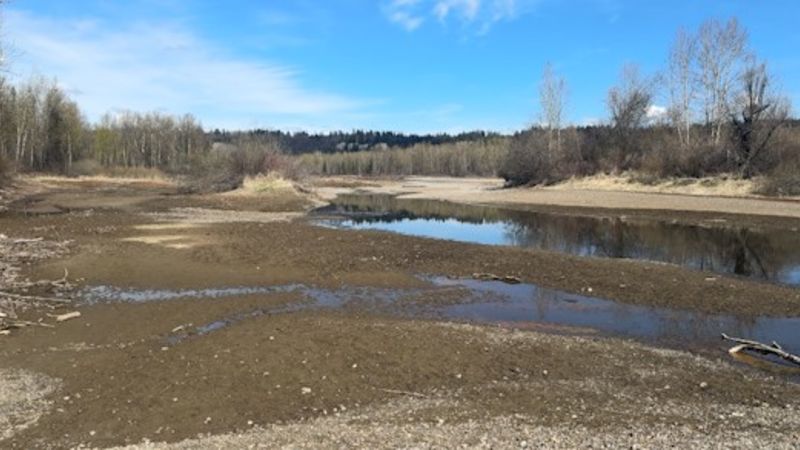
Extreme weather impacting Northern BC waterways
PRINCE GEORGE – From spiking temperatures during a heat dome in the summer, to a massive deluge from two atmospheric rivers in the fall, 2021 was a wild year for weather in the Pacific Northwest. In a new paper, a team of researchers from the University of Northern British Columbia examine the impact of these severe events on creeks, rivers and lakes and the aquatic species that call them home across the region.
“Our work demonstrates that the extreme hydrometeorological events of 2021 induced drastic changes in water temperatures across the Pacific Northwest of North America,” says UNBC Environmental Science Professor Dr. Stephen Déry, the paper’s lead author. “As climate change amplifies, these types of extreme events may become more frequent, persistent and intense with potential deleterious impacts to water quality, aquatic species and their habitats.”
